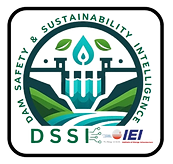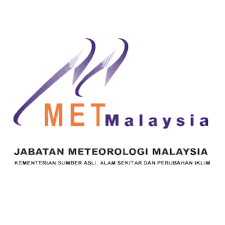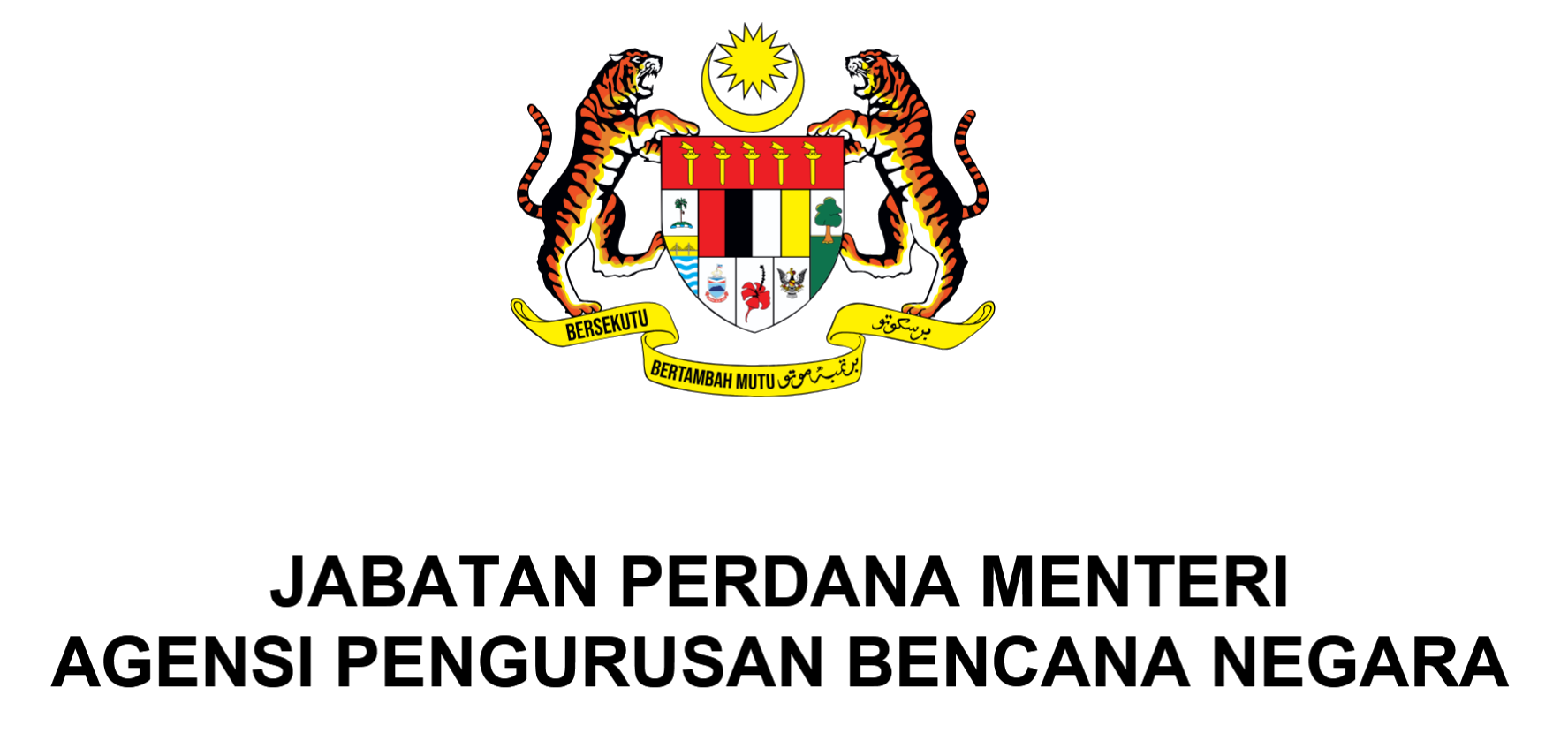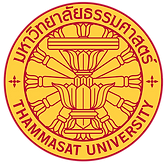ABOUT NARIF
The threat of flooding in Malaysia is a pressing concern, particularly for the 21% of the population residing in flood-prone areas, as identified by the Department of Irrigation and Drainage (DID) in 2012. Among the various triggers of floods, those originating from dam breaks have emerged as a particularly alarming issue, as highlighted by Said et al. in 2019. This concern is exacerbated by Malaysia's reliance on dams for essential functions such as water supply, flood control, irrigation, and hydropower generation. While these dams serve vital roles in water management and development, they also introduce potential risks, especially during periods of intense rainfall or hydrological events.
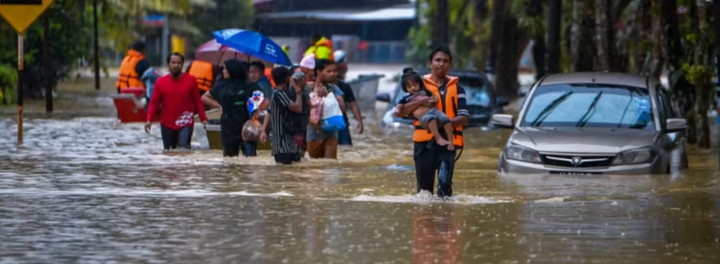
In response to the pressing need to address dam-related flood risks, collaborative efforts have been initiated between the Department of Irrigation and Drainage (DID), Universiti Tenaga Nasional (UNITEN), and the Malaysian National Committee On Large Dams (MYCOLD). Through locally and internationally funded grants namely the Transdisciplinary Research Grant Scheme (TRGS) and the Collaborative Regional Research Programme (CRRP) [Link to APN CRRP page], these partnerships aim to enhance dam safety and community resilience.
The TRGS project focuses on developing a quantitative risk-informed decision-making (RIDM) model to prioritize mitigation measures for dam failure scenarios. Leveraging machine learning algorithms and hydrodynamic dam break flood models, the project aims to optimize decision-making processes and enhance flood risk management strategies. Concurrently, the CRRP initiative aims to develop real-time flood modeling tools to mitigate flood risks, suggest climate adaptation measures, and improve community resilience, with a specific focus on the Southeast Asian region.
Both TRGS and CRRP projects operate synergistically, sharing common objectives, collaborators, and study areas, particularly the Batu Dam where the Department of Irrigation and Drainage (JPS) serves as the dam owner. These collaborations are facilitated by MYCOLD, an organization comprising industry stakeholders from government and education sectors, including JPS and UNITEN. MYCOLD's mission to advance technical knowledge and promote cooperation supports the development of necessary competencies for dam-related initiatives.
A notable outcome of these collaborative efforts is the National Reservoir Inflow Forecasting System (NaRIF). NaRIF serves as a predictive tool developed by the Hang Nadim Group within the Dam Section of the Design and Dam Division. This system integrates rainfall forecast data from MetMalaysia with water level simulation models and early warning applications. NaRIF enables the prediction of water levels in dams three days in advance and provides early flood warnings to at-risk residents, empowering them with sufficient time to prepare and mitigate potential damages.
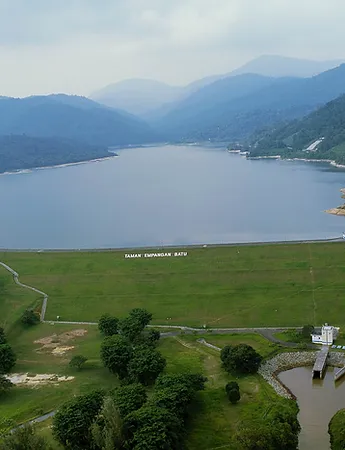
The implementation of NaRIF represents a significant step forward in addressing dam-related flood risks in Malaysia. By enabling proactive decision-making and enhancing community preparedness, NaRIF contributes to the safeguarding of lives and infrastructure. As a pilot project initially deployed for the Batu Dam and Bekok Dam, NaRIF holds the potential for expansion to other dams owned by DID and other agencies across Malaysia, promising long-term benefits for flood risk management and disaster resilience.
MAIN OBJECTIVES
Enhance Dam Safety and Integrity:

Expand NaRIF Implementation:

Public Awareness and Engagement:




